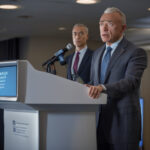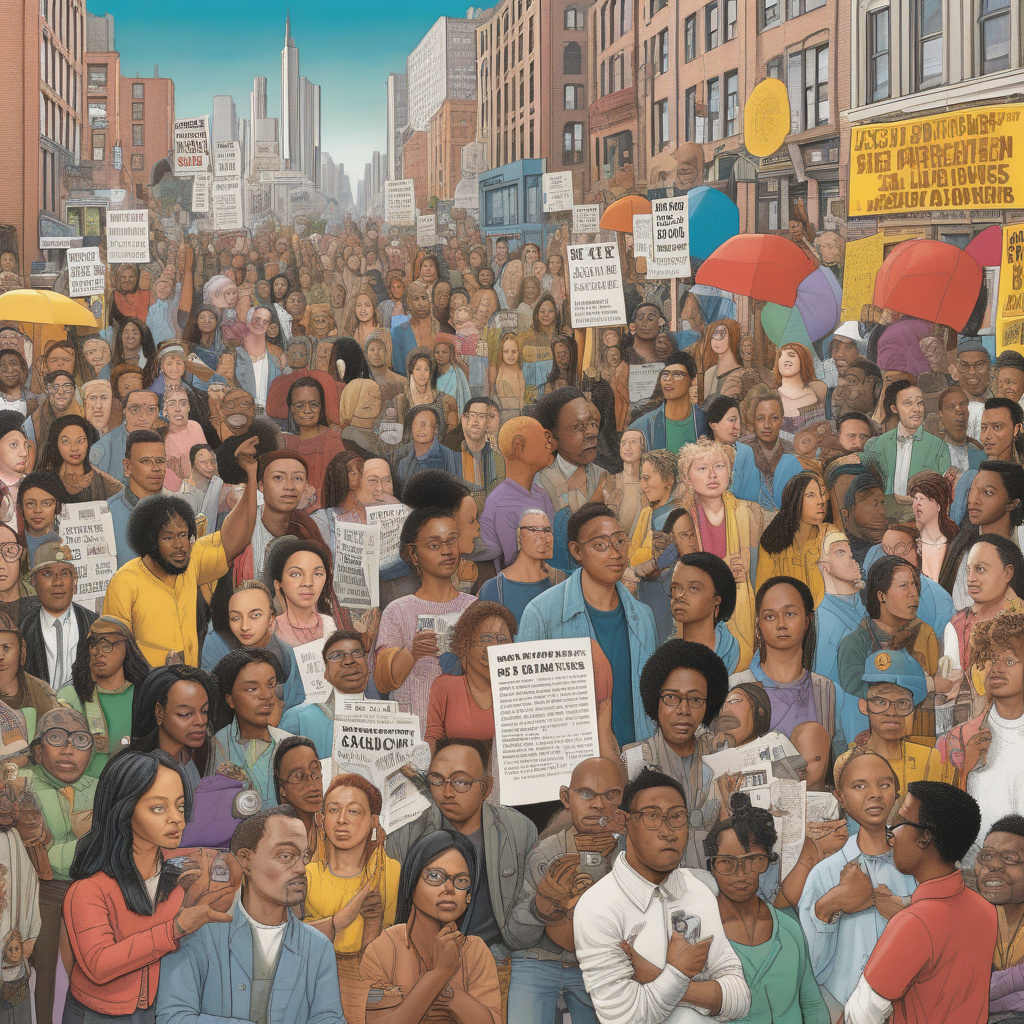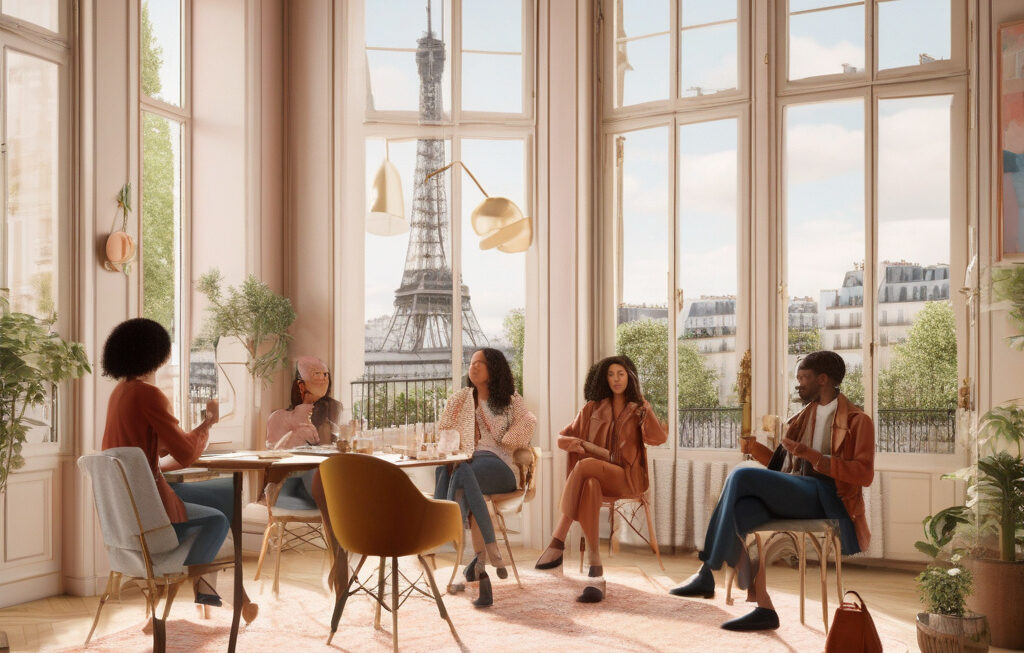Creative Industries Union and Model Advocates Push Back on AI Models
In a world where technology is rapidly advancing, the creative industry is not exempt from the impacts of artificial intelligence (AI) models. As AI continues to permeate various sectors, including fashion, advertising, and entertainment, concerns have been raised about the potential threat it poses to human models. The backlash against AI models has sparked a wave of protective legislation for human models, championed by organizations such as the Creative Industries Union and model advocates.
One of the primary arguments against the widespread adoption of AI models in the creative industry is the notion that AI lacks the creativity and innovation that human models bring to the table. While AI can efficiently analyze data and predict trends, it falls short when it comes to the nuanced artistry and emotion that human models embody. Proponents of human models argue that AI’s limited capacity for creativity stifles true innovation and hinders the industry’s ability to push boundaries and break new ground.
Furthermore, there is a growing concern among model advocates about the ethical implications of replacing human models with AI counterparts. The fashion and advertising industries, in particular, have faced criticism for promoting unrealistic beauty standards and perpetuating harmful stereotypes. By prioritizing AI models over human talent, there is a risk of further exacerbating these issues and erasing the diversity and individuality that human models bring to campaigns and runway shows.
The Creative Industries Union, along with other industry stakeholders, has been at the forefront of advocating for the protection of human models in the face of AI advancements. Through lobbying efforts and awareness campaigns, they have successfully pushed for legislation that safeguards the rights and interests of human models. These initiatives aim to ensure that human models are not unfairly displaced or marginalized by the growing presence of AI in the creative industry.
While the debate between human models and AI models continues to unfold, it is essential for stakeholders to consider the potential long-term consequences of prioritizing technology over humanity. While AI undoubtedly offers efficiency and cost-effectiveness, it should not come at the expense of human creativity, diversity, and ethical standards. By striking a balance between technological innovation and human ingenuity, the creative industry can continue to thrive and evolve in a way that benefits both creators and consumers alike.
In conclusion, the pushback against AI models in the creative industry underscores the importance of upholding the value of human talent and creativity. As organizations like the Creative Industries Union and model advocates continue to advocate for the rights of human models, it is clear that the conversation around AI’s role in the industry is far from over. By addressing the limitations and ethical concerns associated with AI models, the creative industry can chart a path forward that embraces innovation while preserving the unique contributions of human models.
creative industry, AI models, human models, Creative Industries Union, model advocates












